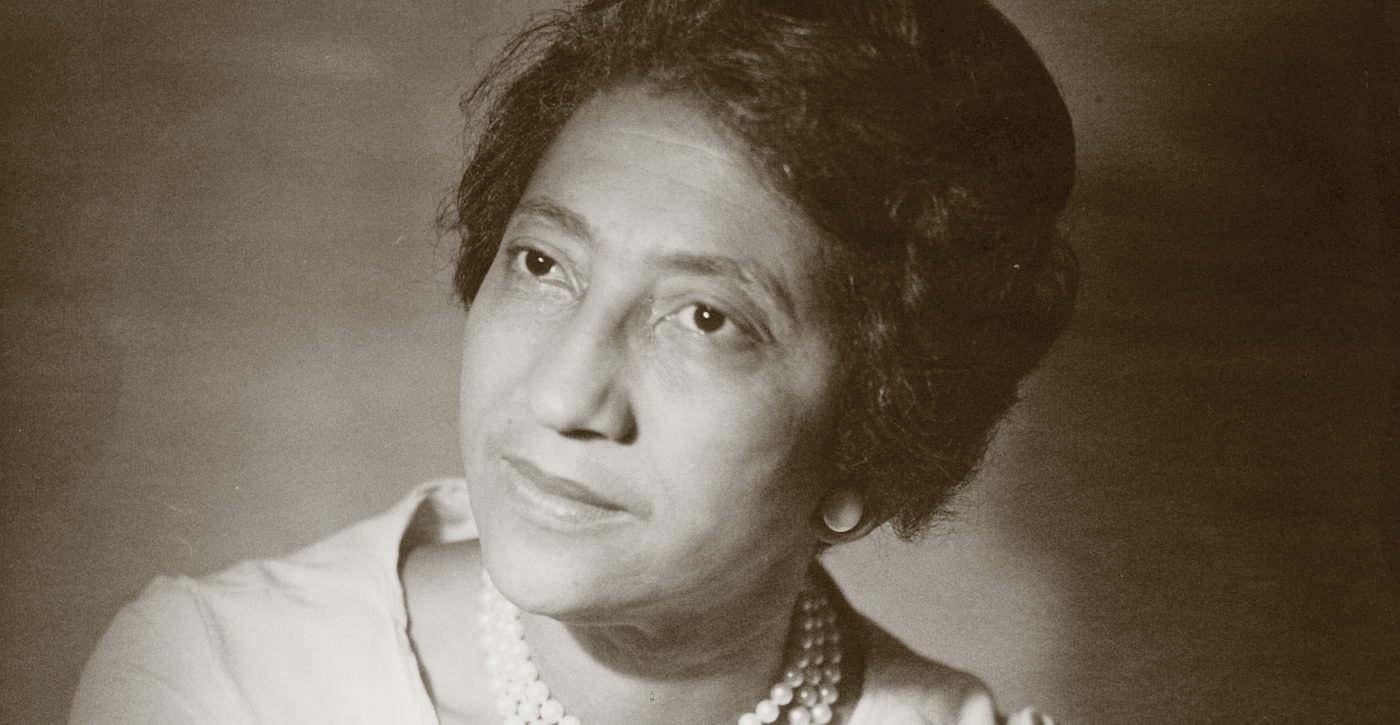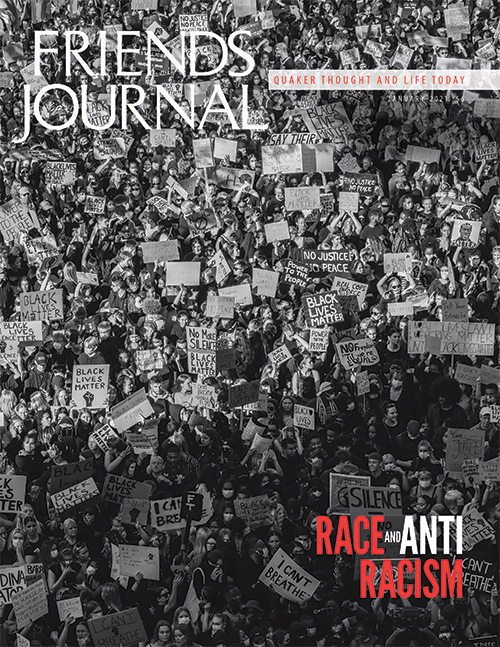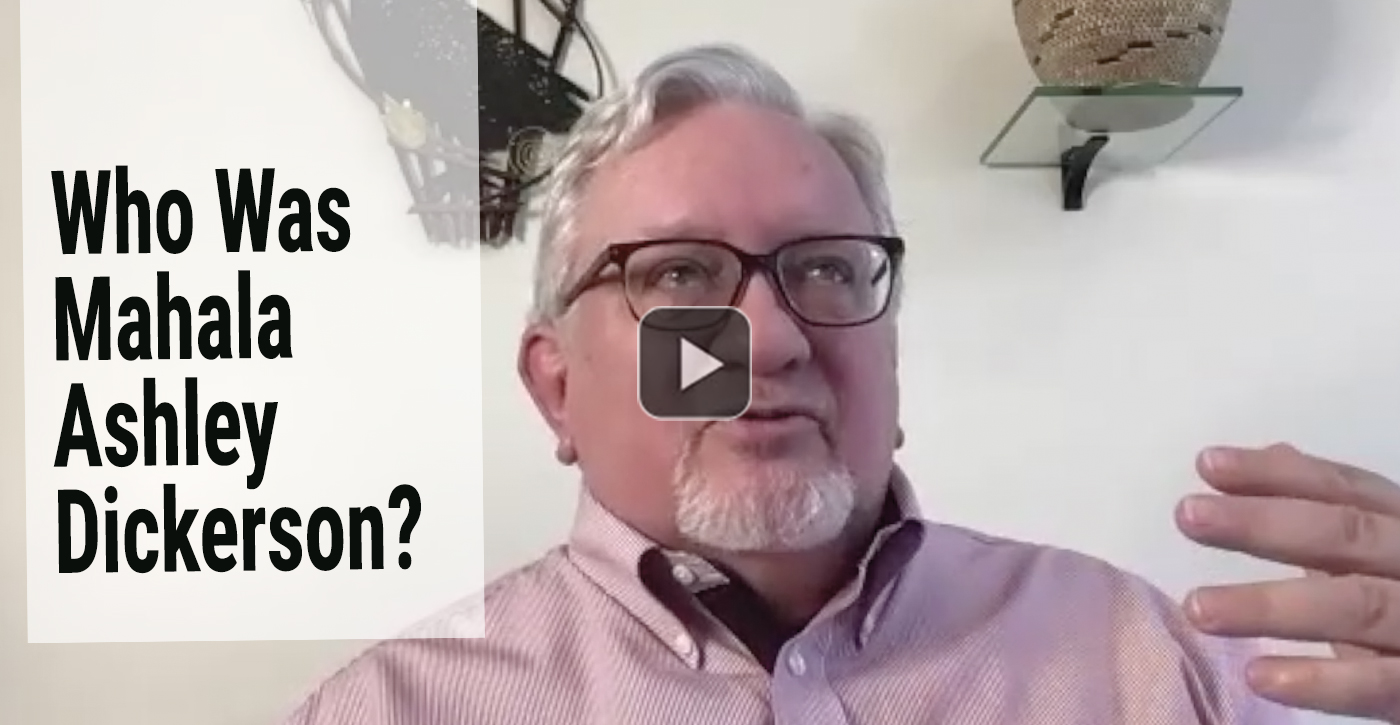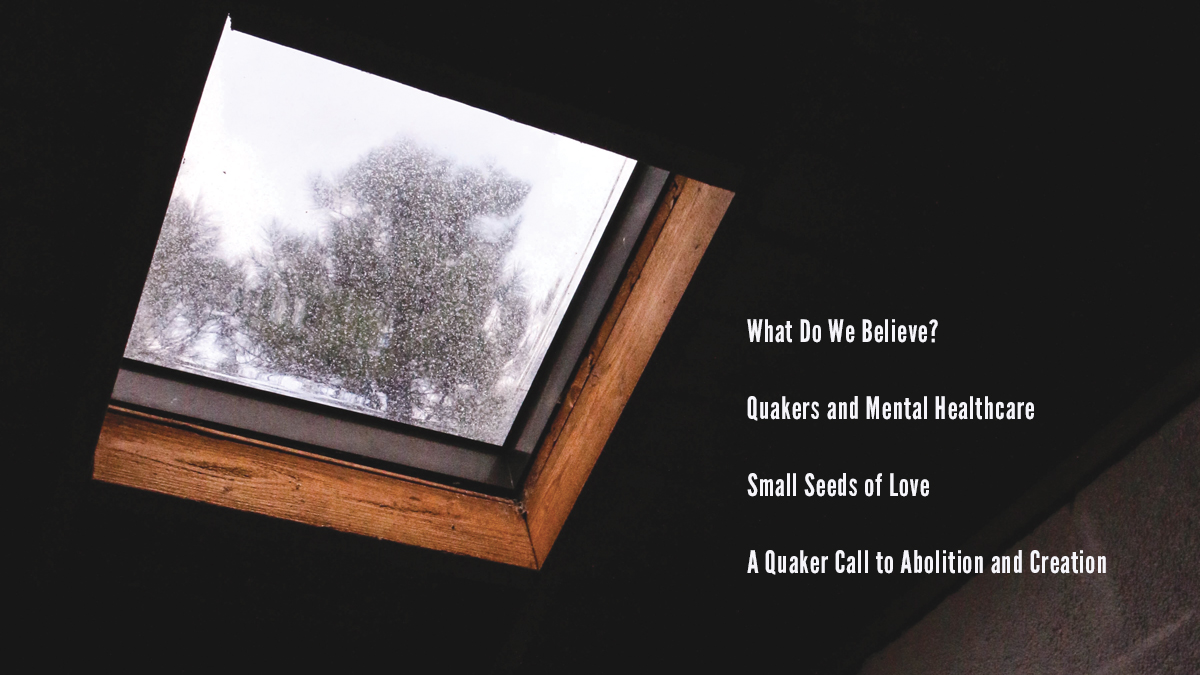Alaskan Friend Mahala Dickerson Leaves a Legacy
“The arc of the moral universe is long, but it bends toward justice.” These words of Martin Luther King Jr. continue to inspire, especially in these times when the dream of freedom and justice for all is often overshadowed by acts of hatred and brutality. Friend Mahala Ashley Dickerson (1912–2007) held on to this ideal and worked tirelessly toward it throughout her life. Honored as the first African American female attorney in Alabama, Dickerson had an illustrious career that took her to Alaska with her triplet sons in 1959, where, in addition to her law practice, she established a 160-acre homestead in Wasilla. It is that homestead and Dickerson’s dream of creating a “Pendle Hill of the North” that serves as the focus of this story. The story is told from the point of view of Alaskan Friends, past and present, including Dickerson through her autobiography, Delayed Justice for Sale. Part of that story is how Alaskan Friends are healing from an incident of racism that caused pain for many years and delayed the realization of the dream.
Dickerson’s dream of creating a Quaker center stems in part from time she spent at Pendle Hill study center in Wallingford, Pennsylvania, in the summer of 1950, which she called “one of the most inspiring experiences of my life.” She was impressed by the opportunities to study with “wonderful genuine Quakers,” such as Howard Brinton, Anna Brinton, Douglas Steere, and Dorothy Steere. Dickerson wrote an article for Friends Intelligencer, which became Friends Journal, and she later served on the Pendle Hill Board from 1988 to 1997.
After moving to Alaska, establishing her law practice in Anchorage, and building her home in Wasilla, Dickerson made contact with the few unprogrammed Friends around the state (including Niilo Koponen from Fairbanks), and her home became a frequent gathering place. Friends recall Dickerson’s hospitality and the good food and fellowship that was shared. Recalling those early days, Carl Hild says that during a meeting in 1979, Friends were ignited by the idea of starting a Peace Training Center on the 11 acres that Dickerson donated from her homestead to Alaskan Unprogrammed Friends, now Alaska Friends Conference. Hild said that materials were collected, plans made, and tools gathered, and in the late summer of 1981, the new Friends meetinghouse in Wasilla was completed, “making a decades-old dream a reality.” About that same time Dickerson wrote:
One of my greatest sources of happiness in Alaska has been attending the very small silent meetings held at various places in Anchorage, Wasilla, Fairbanks, and Palmer. To watch a meetinghouse being humbly built from the ground up, with no fanfare and everyone putting in at least one nail, was an inspiring sight. It stands unfinished, but love built it, and somehow I feel that love will finish it.
Located about 100 yards from the Dickerson home, the humble meetinghouse (without electricity or plumbing) served as the gathering place for Alaska Friends Conference for almost 30 years. (Electricity was added circa 1995.) Friends from around the state who gathered for annual sessions typically set up tents in a field and for many years were welcomed into Dickerson’s home to shower or to swim in the indoor pool. Dickerson had installed the pool in her home for therapy and because she had been denied access to public pools as a Black child. Dickerson also welcomed visiting Friends into her home.
“To watch a meetinghouse being humbly built from the ground up, with no fanfare and everyone putting in at least one nail, was an inspiring sight. It stands unfinished, but love built it, and somehow I feel that love will finish it.“
This close linking of the meetinghouse and Dickerson’s house came to an end during annual sessions in 1995, when Dickerson overheard two men in her home make disparaging remarks about her picture being on a calendar that hung on the wall. According to Dickerson, one of the men said, “Oh, Mahala got some Black organization to put her picture on a calendar.” When she confronted them, the response was, “Oh, I thought you were outside.” The calendar was actually produced by the Business and Professional Women’s Foundation. This incident took place not long after Dickerson had received the prestigious Margaret Brent Award from the American Bar Association whose other recipients have included Ruth Bader Ginsburg, Sandra Day O’Connor, Anita Hill, and Hillary Rodham Clinton. Dickerson wrote that after that event “Quakers were no longer welcome in my home but restricted to the meetinghouse area. I never felt quite the same as the lack of sensitivity was obvious to me by this racist interchange though it did not matter to the other members.”
While local Friends heard about this incident directly from Dickerson, others did not learn about it until the following year when Friends gathered for annual sessions and discovered that Dickerson’s house was off-limits. And Friends felt the lack of Dickerson’s presence in the meetinghouse. This uncomfortable situation continued for seven years.
Throughout those years, during annual sessions Alaskan Friends—minus Dickerson—sat in worship, seeking guidance about how to reconcile and heal the rift. Traveling ministers listened and tried to help. Clerks wrote messages to Dickerson saying that she was missed and asking that she join for worship. Individual Friends visited with her, but the relationship with the body was still broken.
When Dickerson’s book came out in 1998, the two men involved in the incident were surprised and offended that the incident was called racist. One of them recalls that he felt unfairly charged as he had not said anything, either positive or negative, when the other man made the offending comment. In a recent conversation with me he said, “I didn’t have anything to apologize for. I was offended by the statement about the calendar. I didn’t say anything to counter it. In hindsight, I might have.”
In 2002, two remarkable things happened. One is that Alaskan Friends hosted a Spirit Camp, an exchange between youth from Philadelphia Yearly Meeting and from Alaska Friends Conference, which began during annual sessions. Dickerson, who was always open to young people and cared about their learning, agreed to meet with these young Friends in her living room. She was delighted that this Spirit Camp was taking place and was happy to share her story with them. Perhaps she saw this as the beginning of realizing her dream of using the space as a learning center.
The second thing happened the next morning. Traveling Friend Jan Hoffman was present, intending to lead a workshop on developing an Alaskan Faith and Practice. In waiting worship, a Friend offered a message about longing to heal the rift with Dickerson and asking what it would take. Friend Jan was then given the words: “Must I restore what I have not stolen?” (paraphrased from Psalm 69:4). Those words reached the ear and heart of the man who had made the hurtful comment but had not acknowledged the racism. He quietly slipped out of the meeting and went to Dickerson’s house and offered his apology.
At lunchtime, he returned accompanied by Friend Mahala. It had taken seven years, but it felt like spring returning after a long, cold winter.
Reconciliation had begun.
We recognize that systemic racism and White supremacy are so deeply ingrained in American culture that it affects all of us.
When Dickerson died in 2007, her son John Dickerson inherited the house. While not a Quaker, he made a point of welcoming Friends for annual sessions and installed a large sign at the top of the shared driveway welcoming people to the Dickerson Friends Center. To pay rising taxes and make ends meet, John felt it necessary to begin selling parcels of the 160-acre homestead. Alaskan Friends wondered how this development would impact this quiet place in the wilderness. Some felt that they should abandon the dream and find another place to rent for annual sessions. Others held on, lovingly cared for the place, and made some necessary improvements. When John died in 2019, it was unclear what would happen with the house and the surrounding acreage.
Early in 2020, a Friend came forward with a generous offer to donate the funds to allow Alaska Friends Conference to purchase 23 acres of land and the house. After seasoning this plan with the monthly meetings, the purchase was completed. A fundraising campaign was launched to provide funds for necessary repairs and renovations as well as for property taxes and utilities payments. As we enter the next phase of discernment about the development and use of the property, Alaskan Friends are considering how we might form meaningful relationships and possible partnerships with nonprofit organizations in the area, such as the local chapter of NAACP. We are aware that the land now owned by Alaska Friends Conference is within the traditional territory of the Knik Dena’ina, and we seek to be respectful of that community as well. A first step is to work on restoring the natural landscape, and Friends are beginning to learn about and plant more native trees in the area.
Friends from the Anchorage and Mat-Su Meetings have been going to the site as individuals or in small groups (wearing masks and respecting social distancing) to begin restoring the house. Several times during these work sessions, Friends have seen a pair of sandhill cranes gracefully walk up the path from the lake and linger in what is taken as a welcoming visitation.
In addition to honoring Mahala Dickerson’s legacy by developing the property, Alaskan Friends are committed to furthering her dream of justice and equality by educating ourselves about racism and becoming actively antiracist. We recognize that systemic racism and White supremacy are so deeply ingrained in American culture that it affects all of us.
Alaskan Friends ask for prayers as we discern how we are meant to proceed.







Such a lovely and tender piece of history, including the raw truth of racist words that sting–and how interpersonal healing might take place if we allow ourselves to be brought low by the Spirt and by the exercise of our own hearts.
I also appreciate the awareness and acknowledgment of the indigenous inhabitants of the land and hope that Friends across the continent might find a way to participate in the Land Back movement.
Last point for now: I learned that Friends General Conference recently established the Mahala Ashley Dickerson Fund to help defray the cost of registration for BIPOC Friends’ participation in various events that might uplift them. I’m sure I’m missing the mark in that vague summary and hope FGC will update its website soon to include information on that fund.
What a lovely story.
She reminds me of my quiet mother, who never said a bad word about anyone even if heavily provoked. She worked at the Quaker Rountrees chocolate factory in York, UK, before WWII. My past wonderful wife was similar but more feisty.
Alan, nearly 77 years young